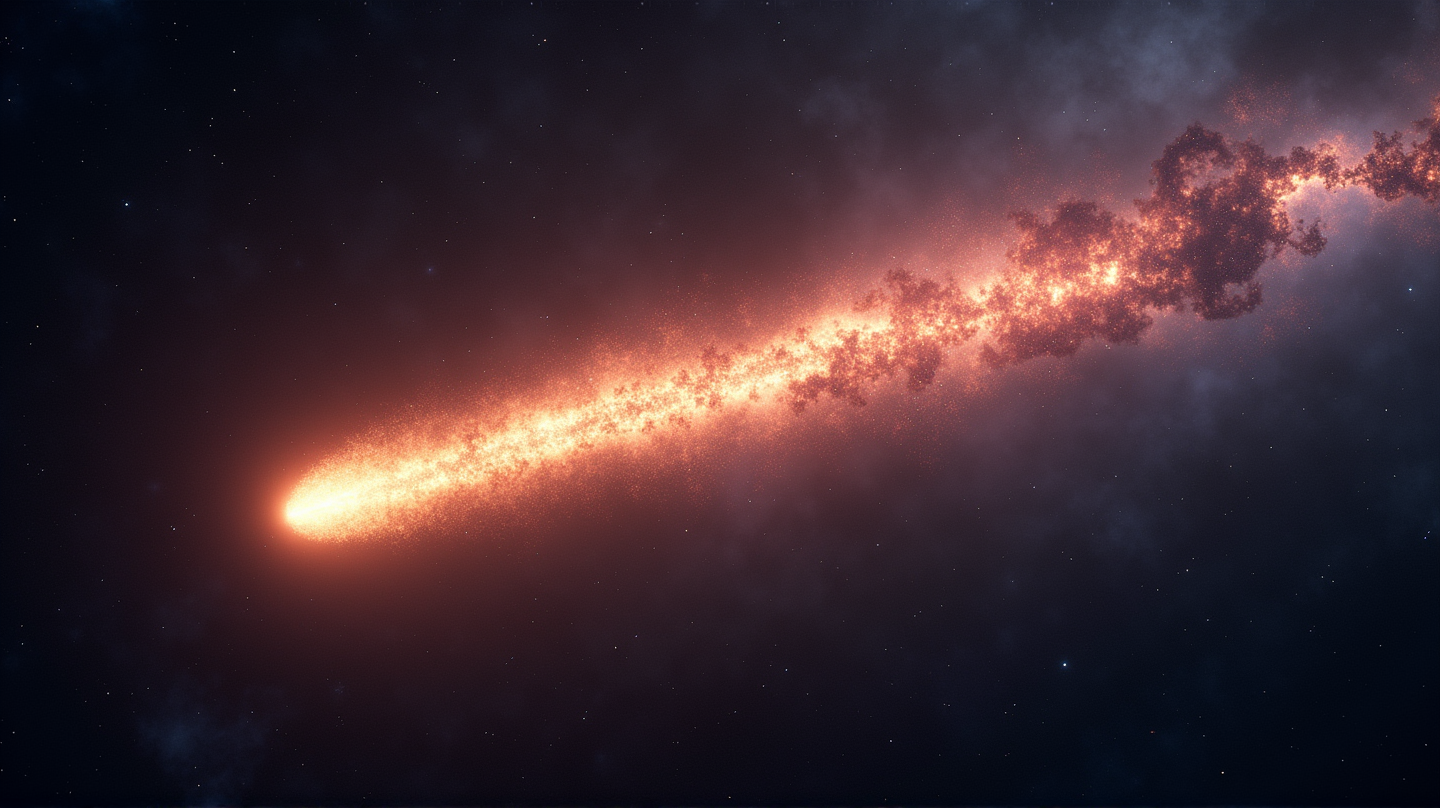Cosmic Visitor 3I/ATLAS: An Interstellar Comet to Dazzle Scientists on October 29, 2025
The rare interstellar comet 3I/ATLAS is fast approaching Earth on October 29, 2025, offering scientists a unique cosmic opportunity.

The Arrival of a Celestial Wanderer
Mysterious and grand, interstellar comet 3I/ATLAS is on its way toward Earth, promising a cosmic spectacle like no other on October 29, 2025. This singular visitor, discovered in July 2025 using Hawaii’s ATLAS observatory, has sparked excitement among astronomers globally. According to Times of India, it offers vital clues from a distant star system, enhancing our understanding of cosmic evolution and planetary formations.
Figuring Out its Origins
Unlike regular comets within our Solar System, 3I/ATLAS has a hyperbolic orbit, marking it as a one-time visitor from another star. Theoretical physicist Michio Kaku hailed it as a “mystery interstellar object,” offering insights about worlds beyond our celestial neighborhood. As it glides past Earth, the celestial intrigue only deepens.
Earth’s Close Encounter
While its visit is highly anticipated, there is no threat posed by 3I/ATLAS. Maintaining a distance of approximately 1.8 astronomical units from our planet, it remains safe yet close enough to be studied. Researchers will utilize this moment to delve into its composition, capitalizing on ground and space-based observations.
A Treasure Trove of Science
3I/ATLAS is unique, boasting an estimated core less than a kilometer wide, surrounded by a brightly glowing coma of gas and dust. It ejects gas jets, showing surprising compositional activity that suggests a departure from Solar System norms. As it nears the Sun, these unusual emissions could reveal new aspects of organic molecules, likening it more to a time capsule from the galaxy’s past.
Secrets from Another Star System
This comet’s journey may unveil ancient materials that mirror the early conditions of planetary systems. While speculation exists regarding its non-natural origins, its likely classification as a natural relic only enriches its value to science. As experts race to decipher its mysteries, their insights might redefine our cosmic narrative.
Watching the Comet: A Guide
For those eager to experience this celestial phenomenon, keep in mind that 3I/ATLAS isn’t visible unaided. With the right equipment, sky-watchers will witness its tail and glowing core emerge into sight again around December 2025. Observing it safely requires adhering to guidelines on sun protection and telescope stability, ensuring a thrilling cosmic spectacle without risk.
3I/ATLAS’ brief reconciliation with our Solar System underscores its enigmatic presence, inviting astronomers to unlock the secrets it harbors, one cometary dust particle at a time.

